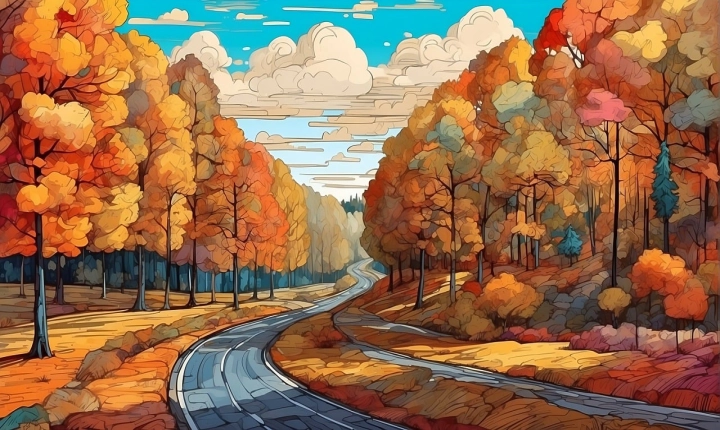Title: How to Make AI Draw Things
Artificial Intelligence (AI) has made significant advancements in recent years, particularly in the field of creative expression. One of the most fascinating applications of AI is its ability to create original artworks and drawings. In this article, we will explore the steps involved in training AI to draw things, harnessing the power of machine learning and neural networks to generate remarkable visual art.
1. Data Collection: The first step in training an AI to draw things is to gather a diverse and extensive dataset of drawings. This dataset can include various styles, themes, and levels of complexity. There are many online repositories and databases available where you can obtain drawing datasets, such as Quick, Draw! by Google, which contains millions of drawings contributed by people from around the world.
2. Preprocessing the Data: Once the dataset is collected, it needs to be preprocessed to make it suitable for training the AI. This involves tasks such as standardizing the size and format of the images, normalizing the colors, and ensuring the quality of the drawings.
3. Training the Neural Network: The core of making AI draw things lies in training a neural network to learn the patterns and styles present in the drawing dataset. This is achieved through a process known as supervised learning, where the AI is presented with labeled examples of drawings and learns to generate similar images.
4. Using Generative Adversarial Networks (GANs): Another approach to making AI draw things is through the use of Generative Adversarial Networks (GANs). GANs employ two neural networks – a generator and a discriminator – that work together to produce realistic images. The generator creates new drawings, while the discriminator evaluates the authenticity of these drawings, creating a constant feedback loop that improves the quality of the generated images over time.
5. Fine-Tuning and Testing: After the AI has been trained, it is essential to fine-tune its parameters and test its drawing capabilities. This involves experimenting with different hyperparameters and training techniques to optimize the AI’s ability to draw various objects, landscapes, and figures.
6. User Interface and Interactivity: To make the AI drawing experience more engaging and accessible, developing a user-friendly interface and providing interactivity can enhance the overall experience. This can include creating tools that allow users to influence the style or subject matter of the drawings generated by the AI.
7. Ethical Considerations: As AI-generated art becomes more prevalent, it is crucial to consider the ethical implications surrounding the use of AI to create original artworks. Issues such as copyright, attribution, and the role of the human artist in the creative process need to be carefully considered.
In conclusion, the ability to make AI draw things represents an exciting frontier in the intersection of technology and art. By harnessing the power of machine learning and neural networks, we can unlock the potential of AI to generate stunning visual artworks. As AI continues to advance, we can anticipate even more remarkable developments in the realm of AI-generated drawings, opening up new avenues for creative expression and artistic exploration.
